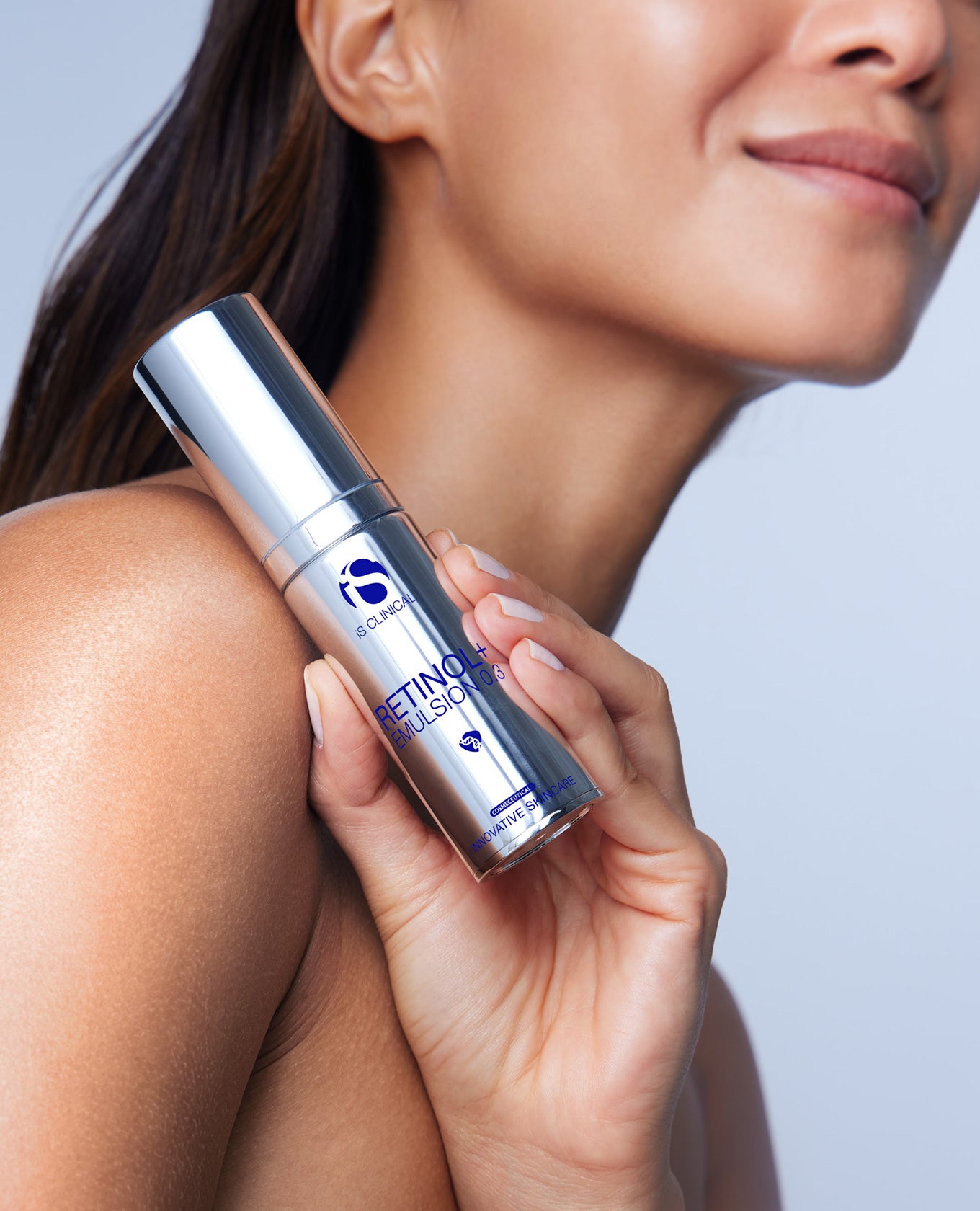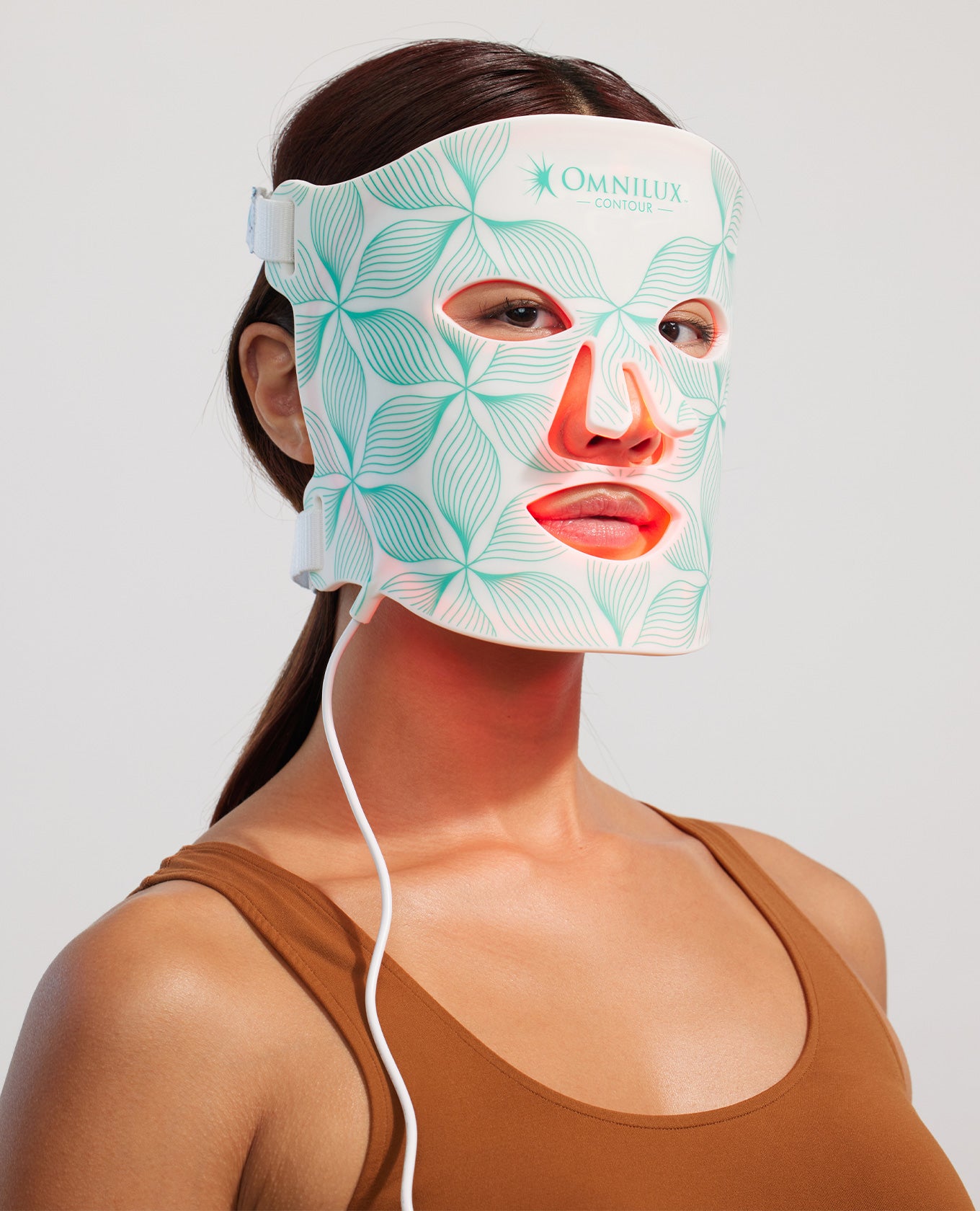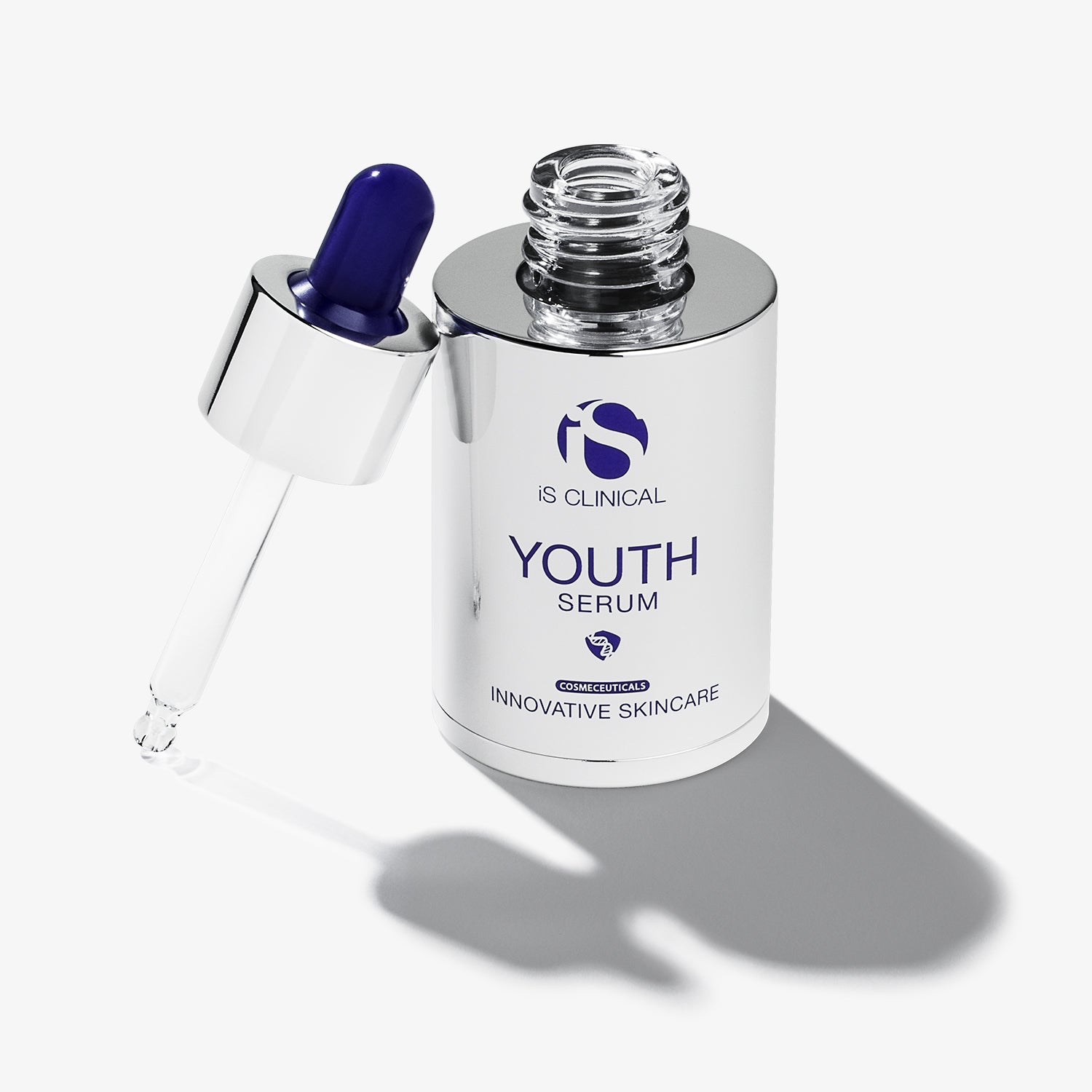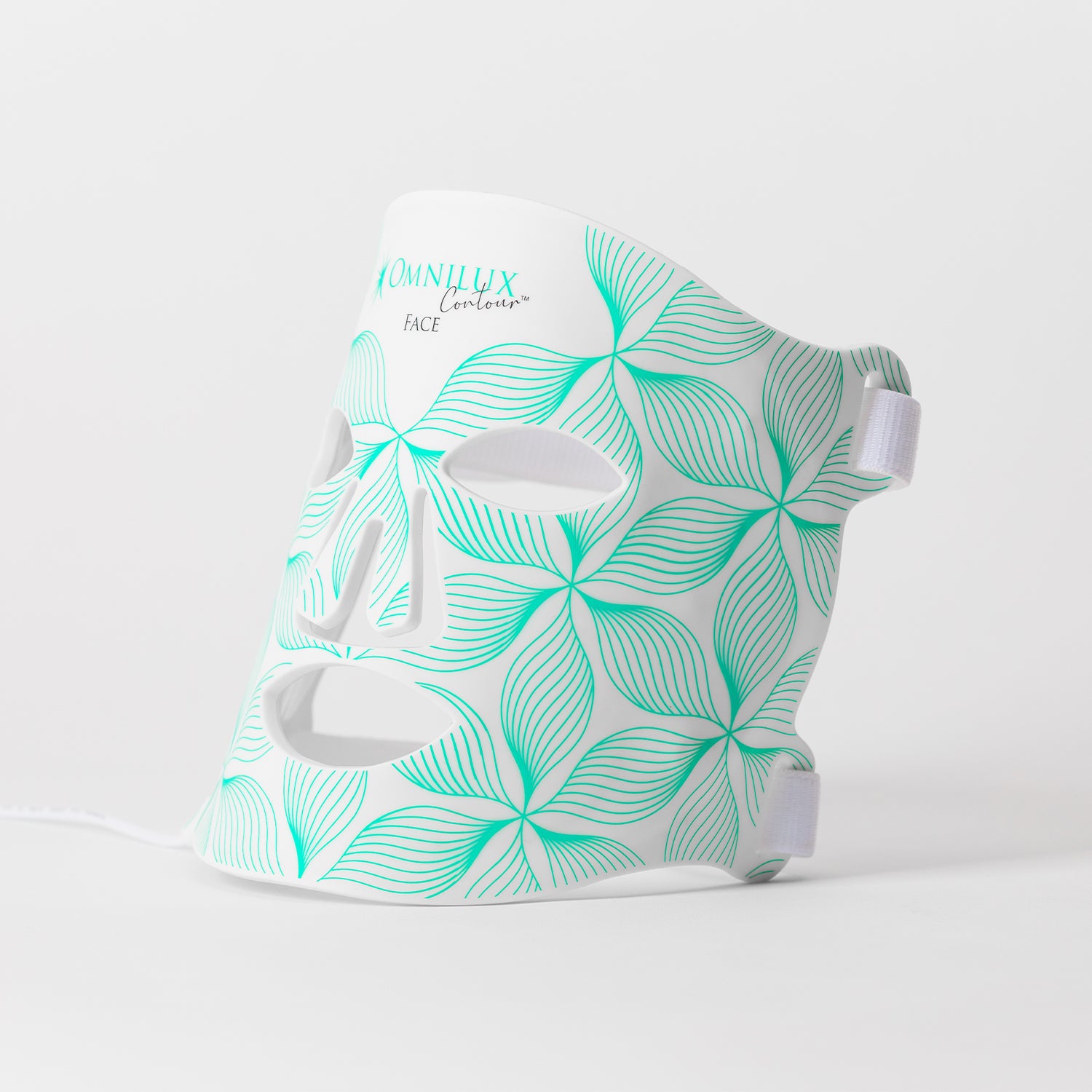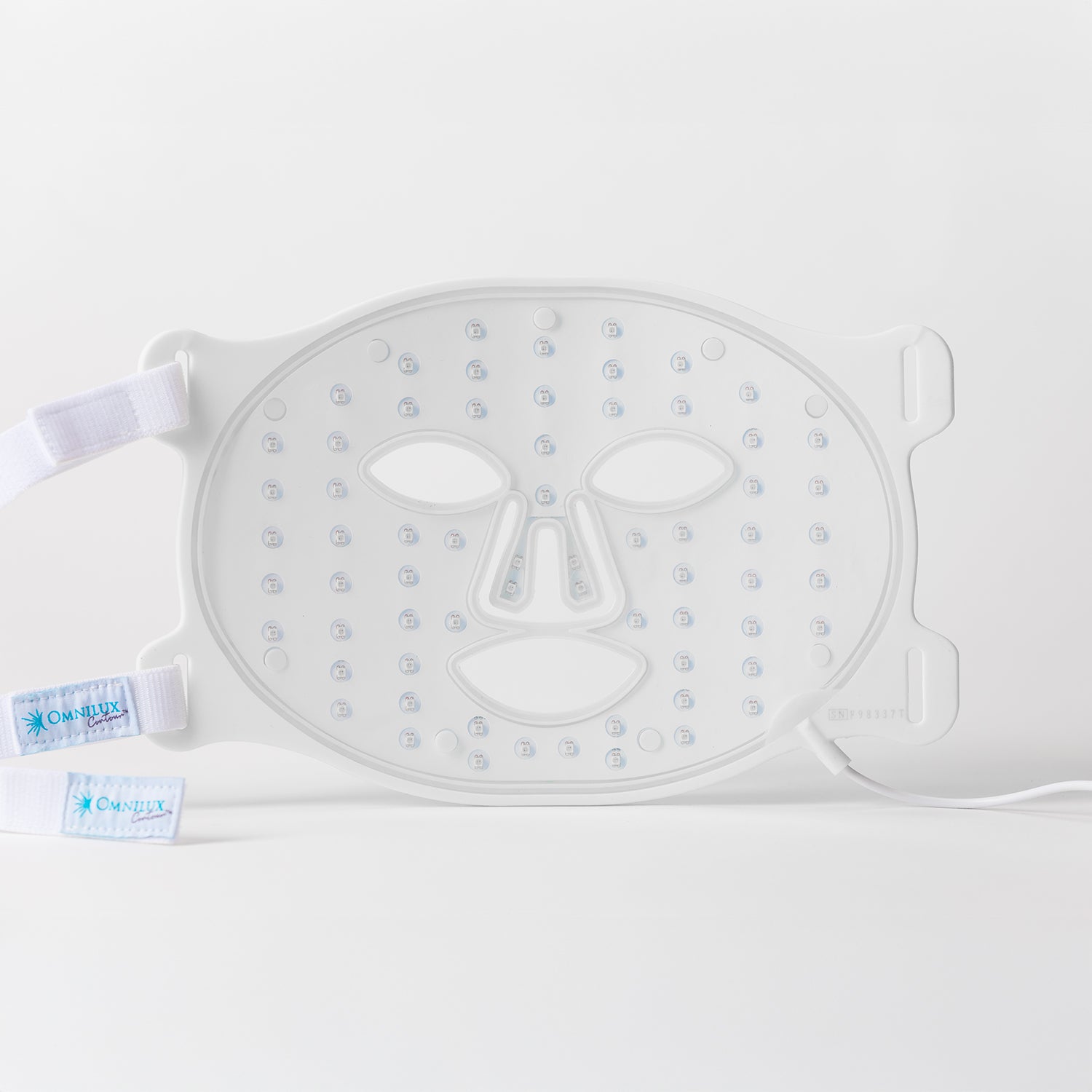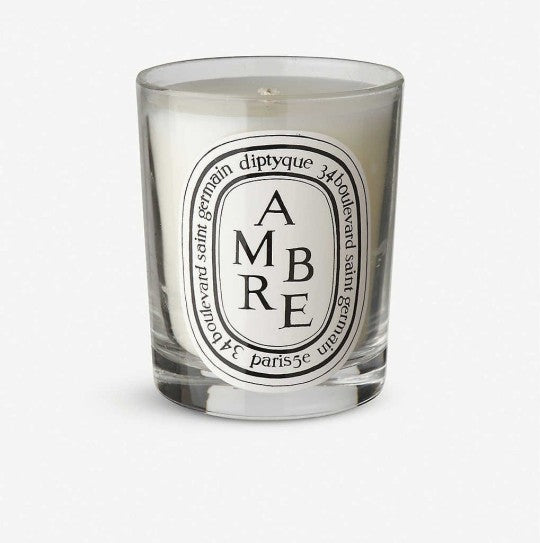Diptyque is one of the most coveted candle and fragrance brands out there.
You’ll have seen their products in glamourous Instagram flat-lays and in the bedrooms and bathrooms of YouTubers.
Every beauty editor rejoices when a package from the company arrives – they truly are a special affair.
Their simple, elegant, delicately placed black and white lettered labels can be picked out from a mass of products easily.
Brands like this come into their own around gifting season. Who wouldn’t want a luxuriously scented candle in an aesthetically pleasing votive, which can be repurposed after as a the most glamorous cotton pad holder out there?

The case for going luxe
It’s hardly as simple as ‘burning away’ money, as some might criticise the act of spending more on these kinds of items.
Candles and other scent-givers can elevate anything from a room, to your mood, to an ambience.
Diptyque is the brainchild Christiane Montadre-Gautrot, Yves Coueslant and Desmond Knox-Leet. All coming from artsy backgrounds, it makes sense they created something so chic.
Trends come and go, but Diptyque has somehow stayed current.
‘Customers shop with Diptyque as they trust the quality and the creativity of the maison,’ explains Amanda Morgan, UK managing director.
When you’re buying into a luxe brand with a long history, you’re bringing home a slice of that heritage and reputation.
‘When it comes to home fragrance, the distinctive characteristic of Diptyque candles is due to the very high quality of the raw materials and the purity of the wax.
‘Diptyque was one of the first houses to blend wax and perfume for the first time, with their set of three candles: Aubépine, Thé and Cannelle (hawthorne, tea, cinnamon).’
Diptyque uses a mix of mineral and plant waxes in their candles and spends time leveling out scent concentrations, as there isn’t a one-formula-fits-all approach for new releases.
Though good at championing their classics, the brand also designs new scents each year, which can take anything from a six months to a few years to make.
‘It’s hard to predict how long the process will take,’ Amanda says, suggesting a little perfectionism from the brand – though never a bad thing, from a consumer perspective.
‘The last question is about the level of concentration and the maceration process – the higher is not always the better,’ she adds.
The marked difference between a luxe brand and high street option is usually in how far the scent itself spreads across a room when lit – the former offering much more in the way of projection.
Going luxe can change the experience of simply lighting up or spritzing on.


How it all began
The brand – who started with candles first – are celebrating their 60th anniversary with a launch of new limited edition scents, but the one everyone comes back to is Baies; their bestselling and perhaps most iconic fragrance.
Though known best in its candle format nowadays, the blend of blackcurrent leaves and roses actually began its life as a room perfume.
Amanda tells us: ‘The scent was inspired by a memory of Diptyque’s founders’ good friend, Dido Merwin, who was the creator of the potpourris, designed in the pure English tradition and sold at Diptyque in its early days.
‘The fragrance was created by a moment in time preserved in the memories of Dido, who one day was picking roses for her bouquets and blackcurrants for her jams.
‘As she brought her hands to her face, she was struck by the combined scent of the flowers and fruit.’
She then used these items from her garden – blackcurrant branches and roses – to make a decorative centerpiece (in the form of fresh potpourris) for the table at a dinner party she was throwing. The guests were amazed, and that’s the origin story.
Before that came the aforementioned scented candles in 1963, and in the same year the brand’s signature design was solidified.
‘A great lover of calligraphy, Desmond set to the task of designing the portrait of this unique House: a very 18thcentury medallion, with the pattern of the fabric created in 1963, ‘Prétorien’; a character with Celtic overtones; a black trace revealing the ever so slight trembling of the hand,’ says Amanda.
‘Oval, dancing letters, little fragrance scenes, the duality of black and white, the elements of an original and timeless graphic structure which now define the brand making it recognizable at a glance.’
‘Sober and poetic’ as the brand founders were, according to Amanda, five years later they unveiled their first eau de toilette, L’Eau.
‘A bold simplicity, a precursor temperament… The tone was set,’ Amanda adds.
Now, you can’t go wrong with that for a gift of any sort.
Article courtesy: metro.co.uk

